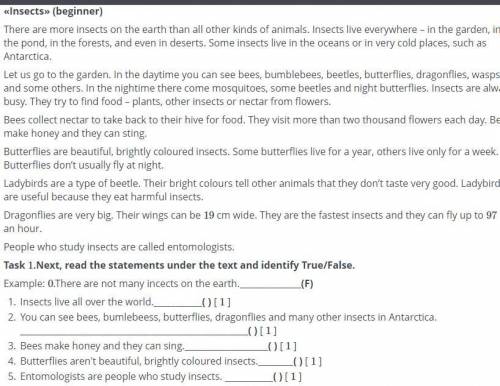
Task 1.
Finish – finished
stop – stopped
cry – cried
watch – watched
help – helped
listen – listened
like – liked
start – started
kiss – kissed
invite – invited
wash – washed
call – called
love – loved
wish – wished
Task 2.
On Tuesday I got up at half past six. I went to the bathroom and (1) washed my hands and face and (2) cleaned my teeth. Then I (3) dressed, went to the kitchen and (4) prepared breakfast. I (5) cooked a sandwich and drank a cup of tea. After Breakfast I left home for school.
ES of any type in its development are four typical stages (phases).The first is the stage of accumulation of deviations from the normal state or process. In other words, this is the stage of the emergence of ES, which can last for days, months, sometimes - years and decades, and in the case of earthquakes and volcanic eruptions - a century.
The second is the initiation of an emergency event, which is the basis of the ES.The third is the process of an emergency event, during which the release of risk factors (energy or substance) that adversely affects the population, facilities and the environment.The fourth is the stage of attenuation (by the action of residual factors and prevailing emergency conditions), which chronologically covers the period from the overlap (restriction) of the source of danger-the localization of an emergency situation, to the complete elimination of its direct and indirect consequences, including the entire chain of secondary, tertiary, etc. consequences. This phase for some ES may start on time even before the completion of the third phase. The duration of this stage can be years, or even decades.